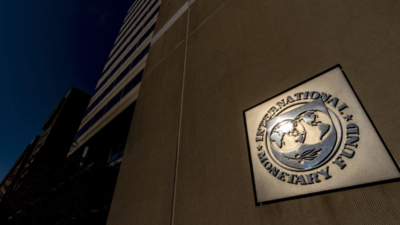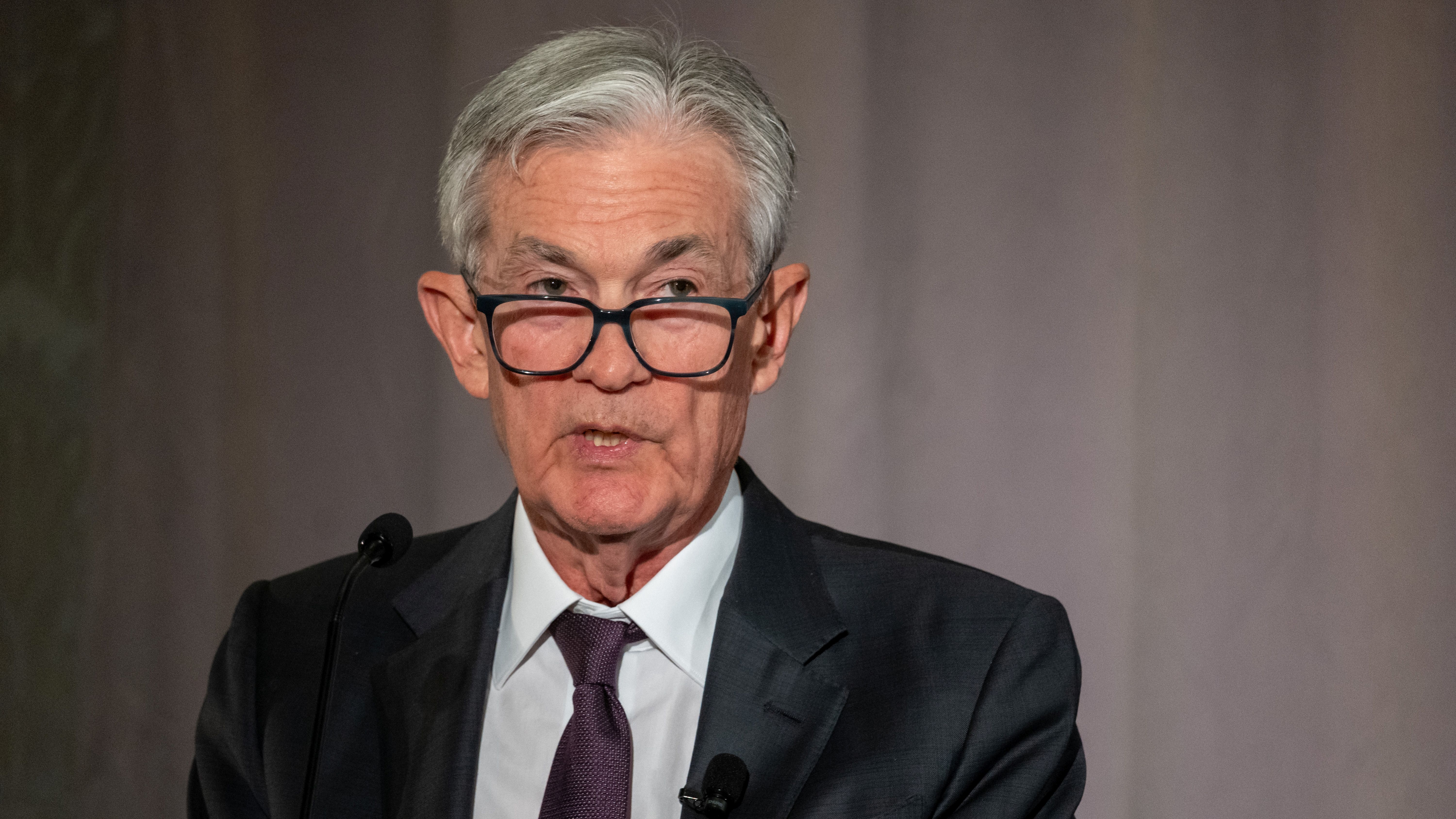Fed Survey Reveals Rising Economic Concerns Among American Consumers

Federal Reserve Chairman Jerome Powell made headlines recently as he exited a news conference following the Federal Open Market Committee (FOMC) meeting held in Washington, D.C. His remarks came at a time of growing anxiety among American consumers regarding the state of the economy.
According to a recent survey released by the Federal Reserve on Monday, a notable shift in sentiment has been observed among consumers. The survey, titled the March 2025 Survey of Consumer Expectations, indicated that concerns surrounding unemployment, job security, and earnings growth have all experienced a decline month-over-month. Furthermore, expectations regarding the stock market plunged to their lowest point since June 2022, revealing a significant level of discontent.
One of the stark findings from the survey was the increase in the mean expected probability that the unemployment rate will rise over the next year. This figure surged by 4.6 percentage points to reach 44%, marking the highest level since the peak of the COVID-19 pandemic back in April 2020. This increase reflects deepening fears among consumers about the stability of their jobs and the economy at large.
Moreover, the perceived probability of job loss within the next year has also climbed, rising to 15.7%, a 1.6 percentage points increase and the highest recorded figure in the past year. Notably, this increase was most pronounced among households with annual incomes below $50,000, who are often more vulnerable to economic fluctuations.
In addition to concerns about job security, expectations surrounding household income growth have also diminished. The survey revealed that 30% of households anticipate being in a worse financial situation one year from now, which is the most pessimistic outlook recorded since October 2023. This decline in confidence may be indicative of broader economic trends impacting lower and middle-income families.
Another area of concern highlighted in the survey is access to credit. Consumers reported increasing difficulties in obtaining credit compared to a year ago, further compounding fears about financial stability. This sentiment suggests that many Americans may be facing obstacles in securing loans or credit lines, which are vital for managing day-to-day expenses and investments.
The outlook on inflation has also worsened among respondents. The median expectation for inflation over the next year now sits at 3.6%, a 0.5 percentage point increase from February and the highest level noted since October 2023. Rising inflation expectations are often linked to concerns about purchasing power and the cost of living, issues that directly affect consumer behavior.
On the investment front, optimism regarding the stock market has dwindled significantly. The expectation that the stock market will improve over the next year has decreased to 33.8%, reflecting a 3.2-percentage-point drop from February and marking the lowest level since June 2022. This decline in confidence may be tied to ongoing economic challenges and the fluctuating performance of major stock indices.
As of now, the financial markets have not fared well in 2025. The Dow Jones Industrial Average has fallen by 5%, while the tech-heavy Nasdaq Composite has experienced a more substantial decline of 13.2%. The S&P 500 is down 8.3%, indicative of the volatility faced by investors. These downward trends are exacerbated by President Donald Trumps unpredictable tariff policies, which continue to disrupt international markets and create uncertainty for investors and consumers alike.
For more updates and the latest news, follow us on Facebook, Twitter, and Instagram.























